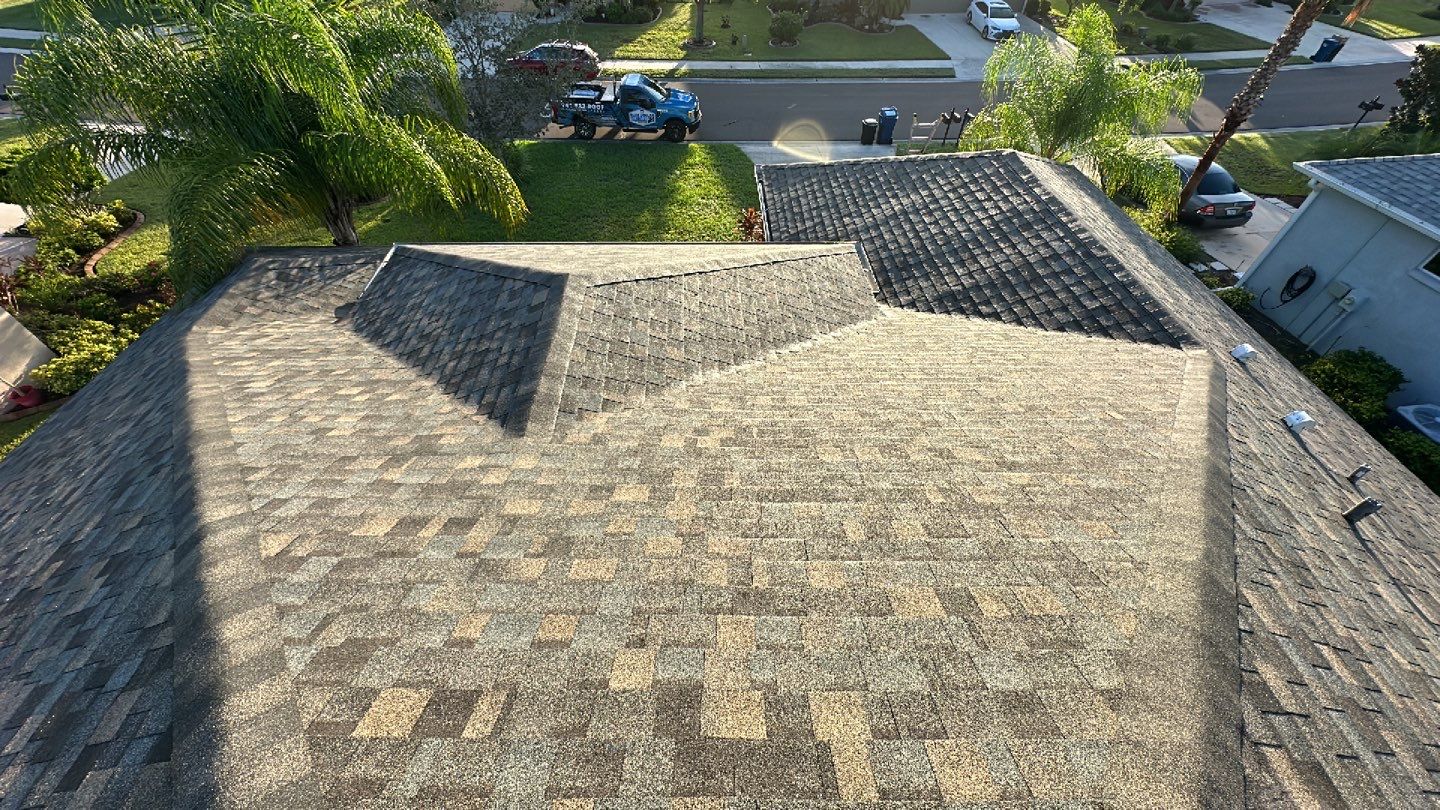Living in Southwest Florida comes with many advantages, but it also means being prepared for the risks associated with hurricane season. Ensuring your home’s roof is well-equipped to handle high winds, heavy rains, and potential debris is essential to keeping your property and loved ones safe. As a trusted provider of residential and commercial roofing services, we pride ourselves on offering homeowners valuable information to help them protect their investments and maintain the durability and reliability of their roofs during challenging weather events.
In this blog, we will discuss the key steps you can take to prepare your Southwest Florida home’s roof for hurricane season. We will guide you through essential weather-proofing tips and provide recommendations for proper roof maintenance, inspections, and repairs to keep your structure intact and resilient in the face of extreme conditions. By understanding and implementing these essential strategies, you can create a safer and more secure home while minimizing the potential for damage from the many forceful storms that are common in our beautiful region.
Our goal is to empower you to take proactive measures to prepare your roof for the challenges of hurricane season. By doing so, you’ll have peace of mind knowing that you have done everything possible to secure your roof, protect your property, and promote the overall safety of your home.
Conduct Regular Roof Inspections and Maintenance
The first step in preparing your roof for hurricane season is to conduct regular inspections and perform any necessary maintenance. By identifying potential weaknesses or vulnerabilities in your roofing system, you can take steps to address them before extreme weather hits. Here are some essential aspects to focus on when inspecting your roof:
1. Shingles and Tiles: Check for cracked, loose, or missing shingles or tiles, as these can be quickly dislodged by high winds or heavy rains, resulting in leaks or damage to your home’s interior.
2. Gutters and Downspouts: Clear gutters and downspouts of debris to ensure proper water flow and drainage, preventing overflow and potential water damage to your home.
3. Flashing and Seals: Inspect the flashing around roof penetrations like vents, skylights, and chimneys, and ensure that all seals are in good condition to prevent water intrusion.
4. Roof Deck: Examine your roof deck for signs of water damage, mold, or mildew that could compromise its structural integrity.
Strengthen Your Roofing System
The best way to protect your roof during hurricane season is to provide it with a sturdy foundation that can withstand strong winds and heavy rains. Upgrading your roofing system with the following enhancements can significantly increase its resilience:
1. Install Hurricane Straps and Clips: These metal connectors help secure the roof structure to your home’s walls, minimizing the risk of the roof lifting or detaching during high winds.
2. Reinforce Gable Ends: Gable end walls are particularly vulnerable to wind damage and may require additional bracing to provide added stability during hurricanes.
3. Upgrade Shingles or Tiles: Opt for wind-resistant shingles or tiles that can better withstand extreme conditions without breaking or dislodging.
4. Invest in a Wind-Resistant Underlayment: A high-quality wind-resistant underlayment can serve as an added layer of protection against wind-driven rain and prevent water from infiltrating when shingles or tiles are damaged or dislodged.
Trim Trees and Remove Potential Hazards
One of the most significant sources of roof damage during hurricanes is falling tree limbs and flying debris. It’s crucial to take proactive measures to minimize these hazards around your home:
1. Trim Trees Near Your Home: Regularly trim trees and large limbs near your home to minimize the potential for them to crash onto your roof or create windborne debris.
2. Secure Outdoor Furniture and Equipment: Ensure that all outdoor furniture, equipment, and other potential projectiles are stored or securely fastened to prevent them from being caught in high winds and damaging your home.
3. Survey Your Yard: Assess your yard for any loose items, such as garden tools, toys, or decorations that could become flying debris during a hurricane. Be sure to store or secure them before a storm.
Create an Emergency Roof Repair Plan
Finally, it’s important to have an emergency roof repair plan in place to address any potential damage that may occur during hurricane season. Taking steps to be prepared can help minimize the impact on your home and reduce repair costs:
1. Identify a Trusted Roofing Professional: Establish a relationship with a local, reputable roofing company that you can rely on to provide emergency roof repair services after a hurricane.
2. Have an Emergency Roof Repair Kit: Keep a supply of essential items, such as tarps, plywood, roofing nails, and a hammer, to make temporary repairs until professional help arrives.
3. Familiarize Yourself with Your Homeowner’s Insurance Policy: Review your homeowner’s insurance policy and know what roof-related damages are covered, as well as the necessary steps for filing a claim.
Safeguard Your Southwest Florida Home’s Roof for Hurricane Season
Preparing your Southwest Florida home’s roof for hurricane season is a vital task that can significantly reduce the risk of damage to your property and ensure the safety of your loved ones. By conducting regular inspections, taking steps to strengthen your roofing system, trimming trees and removing potential hazards, and developing an emergency repair plan, you can be confident in your home’s ability to endure the challenges of extreme weather events.
Don’t wait until it’s too late—protect your Southwest Florida home’s roof from the devastation of hurricane season with the help of Blue Collar Roofing. Our skilled professionals can provide vital inspections, repairs, and roof maintenance services to ensure your roof is adequately prepared for the challenges that lie ahead. Contact us today to schedule a consultation and put your mind at ease as you face the upcoming hurricane season.

